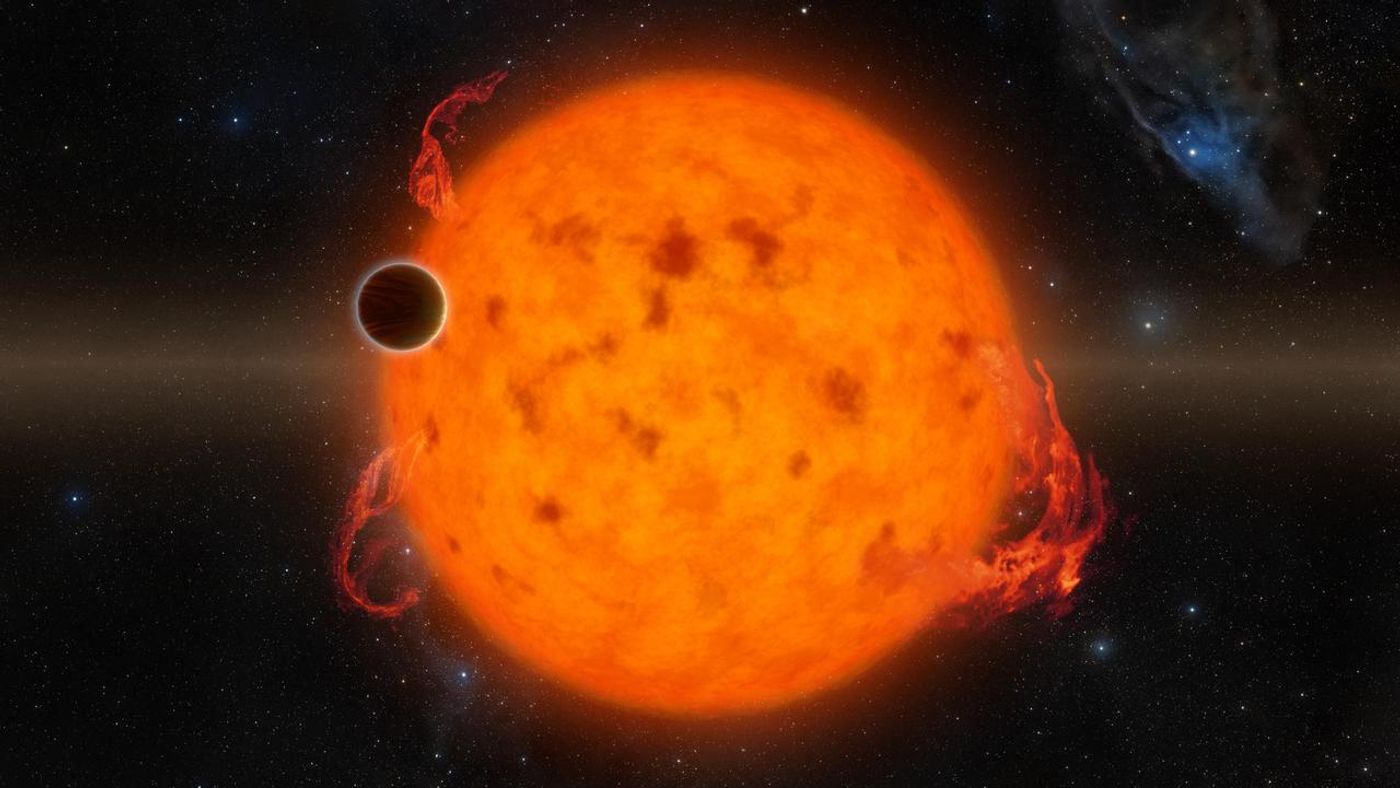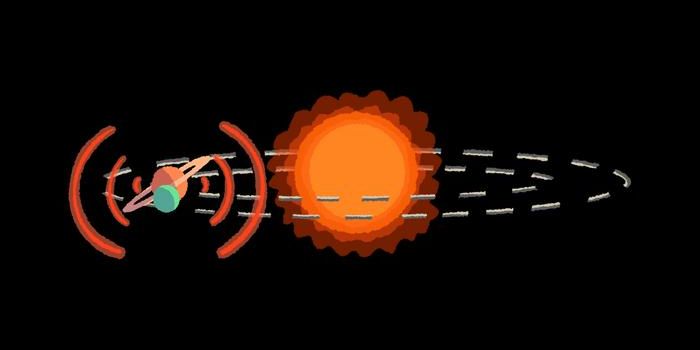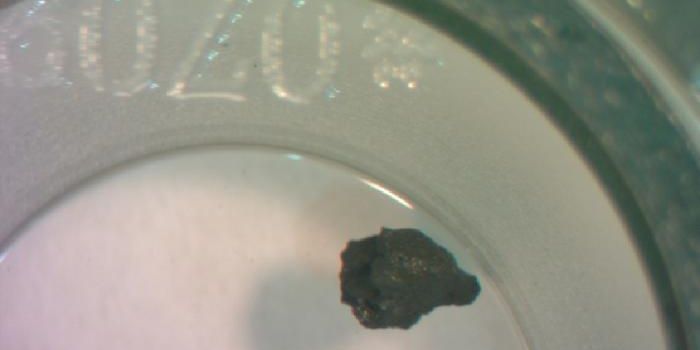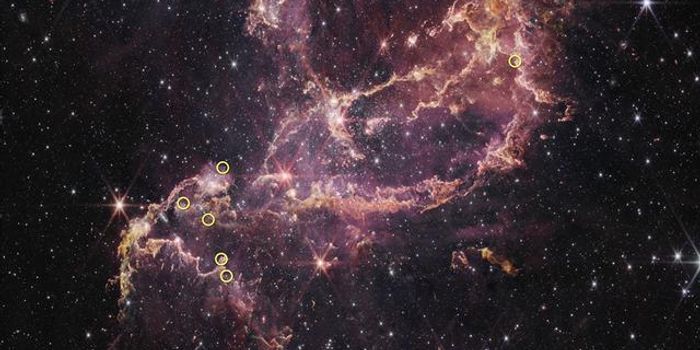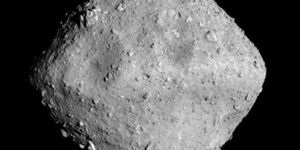Stars Hiding in Plain Sight
In a recent study published in the Astronomical Journal, astronomers at Massachusetts Institute of Technology (MIT) have found at least 3 stars that have been masquerading as planets for years. The first planets discovered beyond our Solar System – so called “exoplanets” – were discovered in the early 1990’s. Since that time astronomers have wondered how many more exoplanets might be lurking in our galaxy. Much effort has been directed towards finding these exoplanets, so much so that there have been 2 space telescopes launched whose main mission was to discover such celestial bodies: the Kepler Space Telescope in 2009, and the Transiting Exoplanet Survey Satellite in 2018. These efforts have confirmed approximately 5,000 exoplanets and close to 5,000 planetary candidates – objects that might be planets but have yet to be confirmed – thus far!
The team at MIT report that 3, and potentially 4, planets that were originally discovered by NASA’s Kepler Space Telescope have been misclassified and they suspect that these planets are actually small stars. Prajwal Niraula, a graduate student in MIT’s Department of Earth, Atmospheric, and Planetary Sciences and first author of the paper, did not plan to root out these exoplanetary imposters, but it was a happy accident that originated from looking for signals of tidal distortion in exoplanetary systems. When 2 objects are in close orbit with each other, the gravitational pull of the more massive object will cause the smaller object to become egg-shaped – or ellipsoidal. The signal caused by the tidal pull can indicate if a system is made up of a star and a planet or a star and another star, based on the magnitude of that signal. The researchers at MIT found large signals for a few systems, indicating that the companions to the central stars must be massive.
The team identified 3 objects (Kepler-854b, Kepler-840b, and Kepler-699b) whose signals indicate that they are simply too big to be planets. Models of stars – and therefore estimates of stellar properties – are always improving. Astronomers use what they know about the stars to determine characteristics of the planets that orbit them. These improved estimates were a result of more accurate measurements of stars obtained by the European Space Agency’s Gaia space telescope, designed to precisely measure and map the properties of stars in our galaxy. The team used these new models to estimate that the masses of these objects were now 2-4 times the size of Jupiter. Most exoplanets are Jupiter-sized or smaller, so anything larger than that is suspect, because it is not possible to make a planet of that size. The 4th candidate object’s planetary status is suspect, but not implausible, at approximately 1.8 times the size of Jupiter (which is comparable to the largest of confirmed exoplanets). The team does not expect to find more planetary interlopers that are contaminating existing exoplanet catalogs.
Sources: mit.edu
